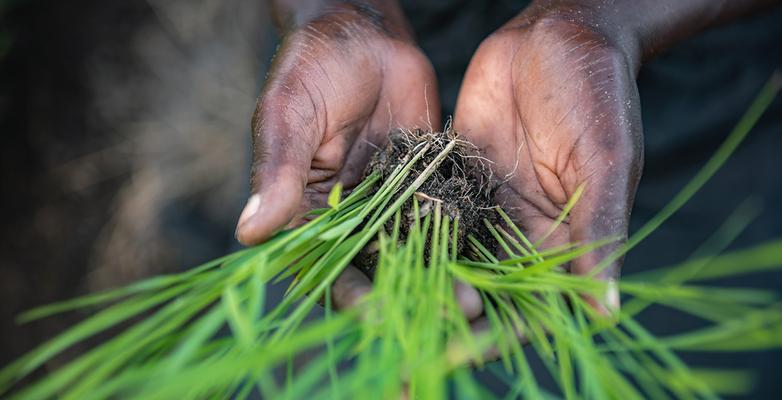
Environmental Racism
When we talk about environmental racism, we’re talking about the disproportionate burden of environmental hazards placed on people of color.
This oppression is often achieved systemically, through policies and practices that effectively place low-income and communities of color in close proximity to polluting facilities like power stations, plastics plants, and methane gas pipelines or to infrastructure like major highways.
Living close to pollution, people of color are exposed to a variety of harmful pollutants at a higher rate than white and higher-wealth communities. This leads to far greater rates of serious health problems in communities of color, from cancer to lung conditions to heart attacks, as well as a higher prevalence and severity of asthma, lower birth weights, and greater incidence of high blood pressure.
YES, IT’S ABOUT RACE
Disentangling the disparate effects of poverty and race can be a challenge – but mounting evidence points in one direction: Race is often a more reliable indicator of proximity to pollution than income alone.
A 2018 study by Environmental Protection Agency scientists found that people of color on average faced a 28% higher health burden compared to the general population thanks to living in proximity to facilities emitting particulate pollution like soot. For Black individuals and families, the findings were especially troubling, with a 54% greater health burden reported.
To be sure, community wealth often plays a central role in determining environmental policies, particularly regarding land use, zoning, construction permits, and regulation enforcement. The result is that low-income families of every color are exposed to more pollution than their more-affluent peers. But even when wealth is taken into account, researchers still find a greater correlation between race and exposure to environmental hazards.
MORAL OBLIGATION TO ACT
The environmental justice movement challenges injustice and unequal treatment of people of color, working to raise awareness and end the inequities that mean Black and Latino individuals and families breathe 56–63% more pollution than they produce. All while white people breathe 17% less. And that’s just one example.
In the US, the movement was born in the 1970s, when Black activists in Warren County, North Carolina organized to fight toxic dumping in their community. Right around the same time, in Houston, Texas, activists like Dr. Robert Bullard began researching and challenging racist policies that lead to 82% of the city’s trash being dumped in Black communities – despite the fact that Black residents made up only 25% of the population.
Since then, the movement has continued to grow, fighting for safe water and justice in Flint, Michigan, clean air in the South Bronx’s Asthma Alley, and an end to the urban oil fields in Los Angeles linked to dangerous birth outcomes. Tragically, the list goes on.
Wondering how you can join the fight against environmental racism? Here’s how to get started:
STEP ONE: LOOK INSIDE
To move forward in the fight against racist environmental policies, we must drop our defenses and open ourselves to change. That means listening – really listening – to the people of color demanding to be heard after decades of being ignored.
STEP TWO: START SMALL – BUT START
Commit today to a single action you can take to start fighting racial injustice. Keep it small and local. Everyone starts somewhere – you just need to start. Now.
STEP THREE: FIND YOUR STARTING PLACE
National organizations like the Poor People’s Campaign are mobilizing for systemic change. And many Climate Reality chapters across the US are working on climate and environmental justice issues in their own backyards, from ending power plant pollution to expanding clean energy alternatives.
Remember, you can make a real difference if you’re willing to listen and learn along the way.
Fighting environmental racism means doing what is fair and morally right. As a movement, we have an obligation to act to dismantle the structures subjecting people of color disproportionately to environmental health hazards – many of them the very same pollutants driving the climate crisis.
Doing so starts with listening to the communities already living with fossil fuel pollution and the families hit first and worst by climate change. By understanding what the crisis means for them, we can work together for truly just and equitable solutions.
Because the only way to solve the climate crisis is by working together.
It’s clear: We are facing the real possibility that the climate crisis could steal the chance at a better tomorrow from people all over the world. But it doesn’t have to be this way. Learn more about becoming a trained Climate Reality Leader, and be the voice of climate justice in your community.

